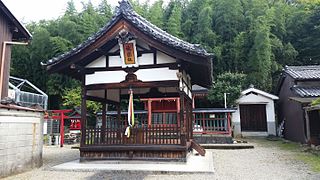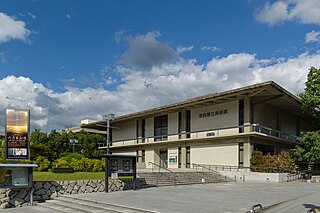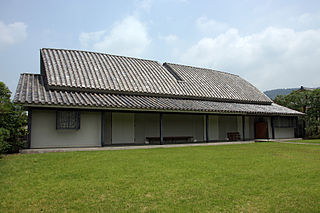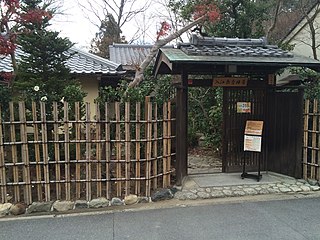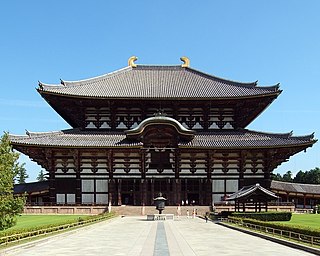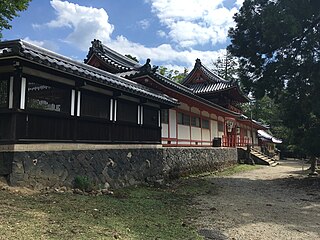Self-guided Sightseeing Tour #7 in Nara, Japan
Legend
Guided Free Walking Tours
Book free guided walking tours in Nara.
Guided Sightseeing Tours
Book guided sightseeing tours and activities in Nara.
Tour Facts
3.9 km
30 m
Experience Nara in Japan in a whole new way with our free self-guided sightseeing tour. This site not only offers you practical information and insider tips, but also a rich variety of activities and sights you shouldn't miss. Whether you love art and culture, want to explore historical sites or simply want to experience the vibrant atmosphere of a lively city - you'll find everything you need for your personal adventure here.
Activities in NaraIndividual Sights in NaraSight 1: Shomyoji
Shomyōji is a Jōdo-shū Nishi-yama sect temple located in Shōbuike-cho, Nara City, Nara Prefecture. Its mountain name is Nichirinzan.
Sight 2: やくよけ観音寺 慈眼寺(jiganji)
Jigenji Temple is a Buddhist temple of the Nishiyama Jodo sect located in Kitakoji, Nara City, Nara Prefecture, Japan. The name of the mountain is Daihizan, and the main temple is the Bodhisattva of Saint Kanseon. It is said that the Kannon-do Hall was founded at the request of Emperor Shomu. It is known as "Yakuyoke Kannon". The 21st temple of the southern capital of the West Country. In addition, persimmon trees, which are more than 400 years old and are designated as natural monuments by Nara City, grow in the precincts.
Sight 3: 祇園社八阪神社
Yasaka Shrine is a shrine located in Oshiage Town, Nara City, Nara Prefecture, Japan. It is also called Oshiage-cho Gion-sha, and the plaque of the worship hall is written "Gion-sha".
Sight 4: Nara Prefectural Museum of Art
Nara Prefectural Museum of Art opened in Nara, Japan in 1973. The collection numbers some 4,100 items and special exhibitions are also held.
Sight 5: Isui Garden
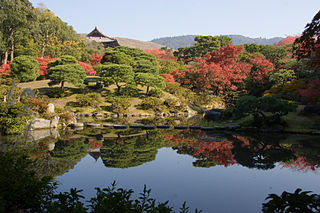
Isui-en is a Japanese garden located in Nara, the old capital of Japan near Kyōto. It has been preserved since its creation in the Meiji era, and is the only walking garden in Nara. It is divided into two sections, which were originally two separate gardens, and each features a pagoda.
Sight 6: 寧楽美術館
Neiraku Museum is an art museum in the city of Nara, central Japan.
Sight 7: Irie Taikichi's old residence
Yasuyoshi Irie is a historical site and cultural facility located in Suimon Town, Nara City, Nara Prefecture, Japan. The former residence of photographer Yasuyoshi Irie. The photographer's detached darkroom, the study where the work was conceived, and the garden where the Manyo plant was grown are open to the public. The words "Taikichi Irie" on the nameplate are due to the volatilization of the boss Haeun.
Sight 8: Tōdai-ji
Get Ticket*Tōdai-ji is a Buddhist temple complex that was once one of the powerful Seven Great Temples, located in the city of Nara, Japan. The construction of the temple was an attempt to imitate Chinese temples from the much-admired Tang dynasty. Though it was originally founded in the year 738 CE, Tōdai-ji was not opened until the year 752 CE. The temple has undergone several reconstructions since then, with the most significant reconstruction taking place in 1709. Its Great Buddha Hall houses the world's largest bronze statue of the Buddha Vairocana, known in Japanese as Daibutsu (大仏). The temple also serves as the Japanese headquarters of the Kegon school of Buddhism. The temple is a listed UNESCO World Heritage Site as one of the "Historic Monuments of Ancient Nara", together with seven other sites including temples, shrines and places in the city of Nara.
Sight 9: Tamukeyama Hachiman Shrine
Tamukeyama Hachiman Shrine is a Shinto shrine near Tōdai-ji, Nara, Nara Prefecture, Japan. It is a Hachiman shrine, dedicated to the kami Hachiman. It was established in 749. Kami enshrined here include Emperor Ojin, Emperor Nintoku, Empress Jingū and Emperor Chūai in addition to Hachiman.
Share
How likely are you to recommend us?
Disclaimer Please be aware of your surroundings and do not enter private property. We are not liable for any damages that occur during the tours.
GPX-Download For navigation apps and GPS devices you can download the tour as a GPX file.
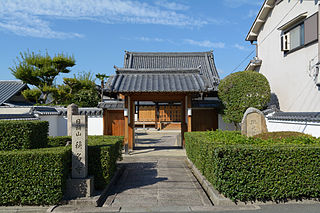
.jpg)
